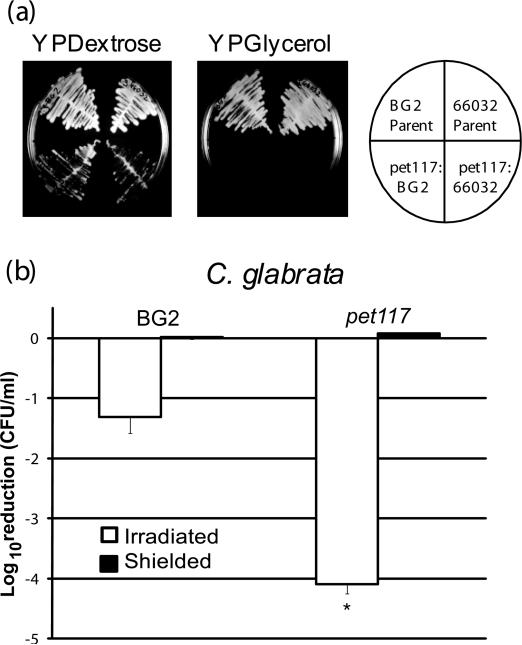Figure 4. C. glabrata pet117 insertion mutants are respiratory deficient and display increased sensitivity to PDT.
(a) Representative clones in both the C. glabrata BG2 and C. glabrata 66032 background incubated at 30oC for 48 h are shown. The diagram on the rightshows the organization of the isolates on the YPDextrose and YPGlycerol agar plates. Both transformants show the “petite” phenotype of smaller colony size and reduced growth on YPDextrose, and the putative pet117 insertion mutants are unable to grow on YPGlycerol, confirming their respiratory deficiency (lower quadrants). The parental strains BG2 and 66032 grew well on both media (upper quadrants).
(b) Early stationary phase yeast of C. glabrata BG2 and pet117 were treated with 0.5 μg/ml TMP-1363 for 10 min and irradiated at a fluence of 2.4 J/cm2 with broadband visible light (open bars). Untreated organisms and organisms treated with TMP-1363 but shielded from light (closed bars) were used as controls. Sensitivity to PDT was assessed by the CFU assay. Data are expressed as a log10 reduction in CFU compared to untreated organisms, and represent the mean + S.D. of three experiments performed in triplicate. C. glabrata pet117 exhibited significantly (*) enhanced sensitivity to PDT compared to parental strain BG2 (p<0.001).

